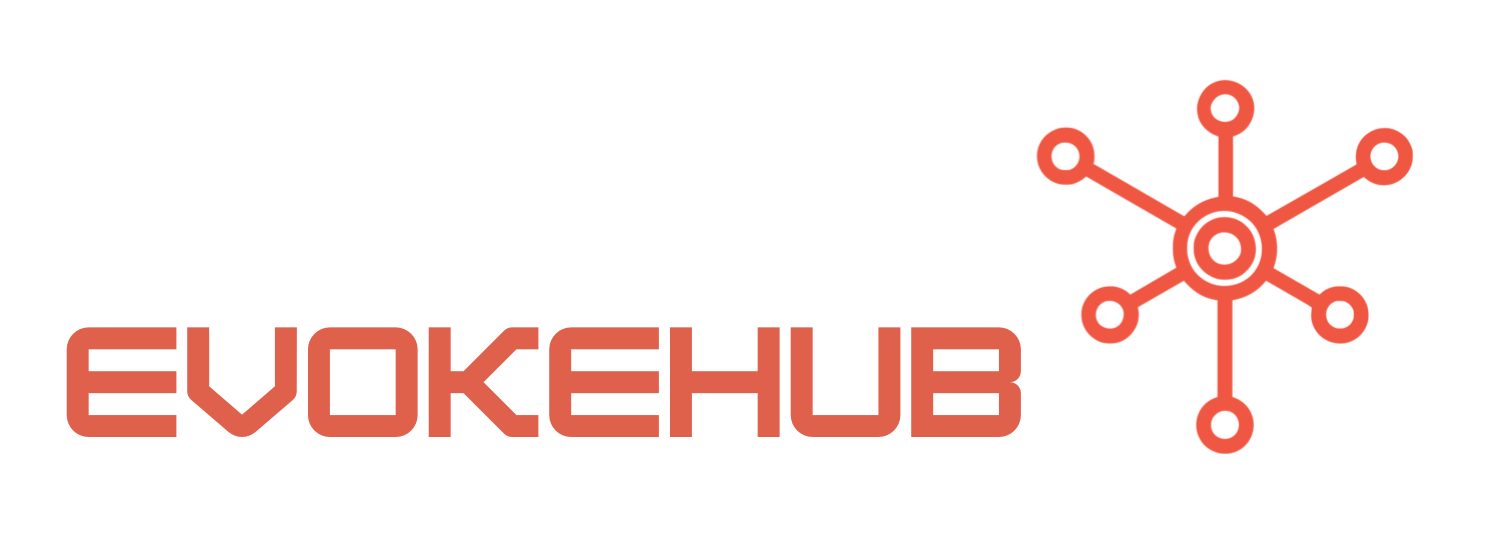Illuminate Your .NET Journey: Unleashing Serilog’s Magic!
When you think of logging in .NET, you might picture a scattering of Console.WriteLine calls scattered throughout your codebase. However, Serilog redefines what logging can be. Imagine a world where logging isn’t just a chore but a treasure trove of insights! With Serilog, you can capture structured data seamlessly, allowing you to filter and search through logs with ease. Whether you’re debugging issues or monitoring application performance, Serilog’s rich features enable you to extract meaningful information effortlessly.
One of the standout features of Serilog is its ability to integrate with a plethora of sinks. What’s a “sink,” you ask? Think of it as a destination where your logs can flow—be it a file, a database, or even an external service like Seq. This versatility means you can tailor your logging approach to fit your specific needs. Want to send logs to AWS CloudWatch or log to a console in a local environment? Serilog’s got you covered! The ability to switch sinks with minimal friction allows you to adapt your logging strategy as your applications evolve.
Moreover, the integration of Serilog within your .NET apps is a breeze! By simply installing the Serilog NuGet package, you can get started in no time. Its fluent API design makes it intuitive to set up and use. You can even configure it through your appsettings.json file, making it incredibly easy to manage across different environments. Say goodbye to convoluted logging setups and hello to a straightforward, elegant solution that seamlessly integrates into your development workflow!
Spark Joy in Your Code: Elevate Logging to New Heights!
Now that you’ve embraced the magic of Serilog, let’s explore how it can truly elevate your code. One of the most significant advantages of using Serilog is the concept of structured logging. Instead of plain text outputs, Serilog allows you to log data in a structured format. This means you can log complex objects and have them serialized into JSON, making it easier to search and analyze later. This could be a game-changer when you’re sifting through logs to troubleshoot a production issue!
Additionally, Serilog comes equipped with powerful enrichment capabilities. You can easily add contextual information to your logs, such as user IDs, session IDs, or any other relevant data points. This context-rich logging allows you to paint a clear picture when monitoring application usage or diagnosing problems. Imagine being able to filter logs based on user actions or session durations—now that’s a logging experience that sparks joy!
Lastly, Serilog’s compatibility with various logging frameworks, such as Microsoft.Extensions.Logging, means you can leverage its capabilities without having to abandon your existing logging mechanisms. You can implement Serilog alongside your current setup, gradually transitioning to a more robust logging solution without the headache of a complete overhaul. By layering Serilog into your projects, you not only improve your logging strategy but also enhance overall application observability!
As we wrap up our exciting journey through the colorful landscape of logging with Serilog, it’s clear that this tool is an invaluable asset for .NET developers. By unleashing the magic of structured logging, sinks, and contextual information, you can truly elevate your applications’ logging capabilities. So go ahead—brighten up your .NET apps with Serilog and transform logging from a mundane task into a joyous endeavor. The future of logging is bright, and with Serilog by your side, the possibilities are endless! Happy coding!




